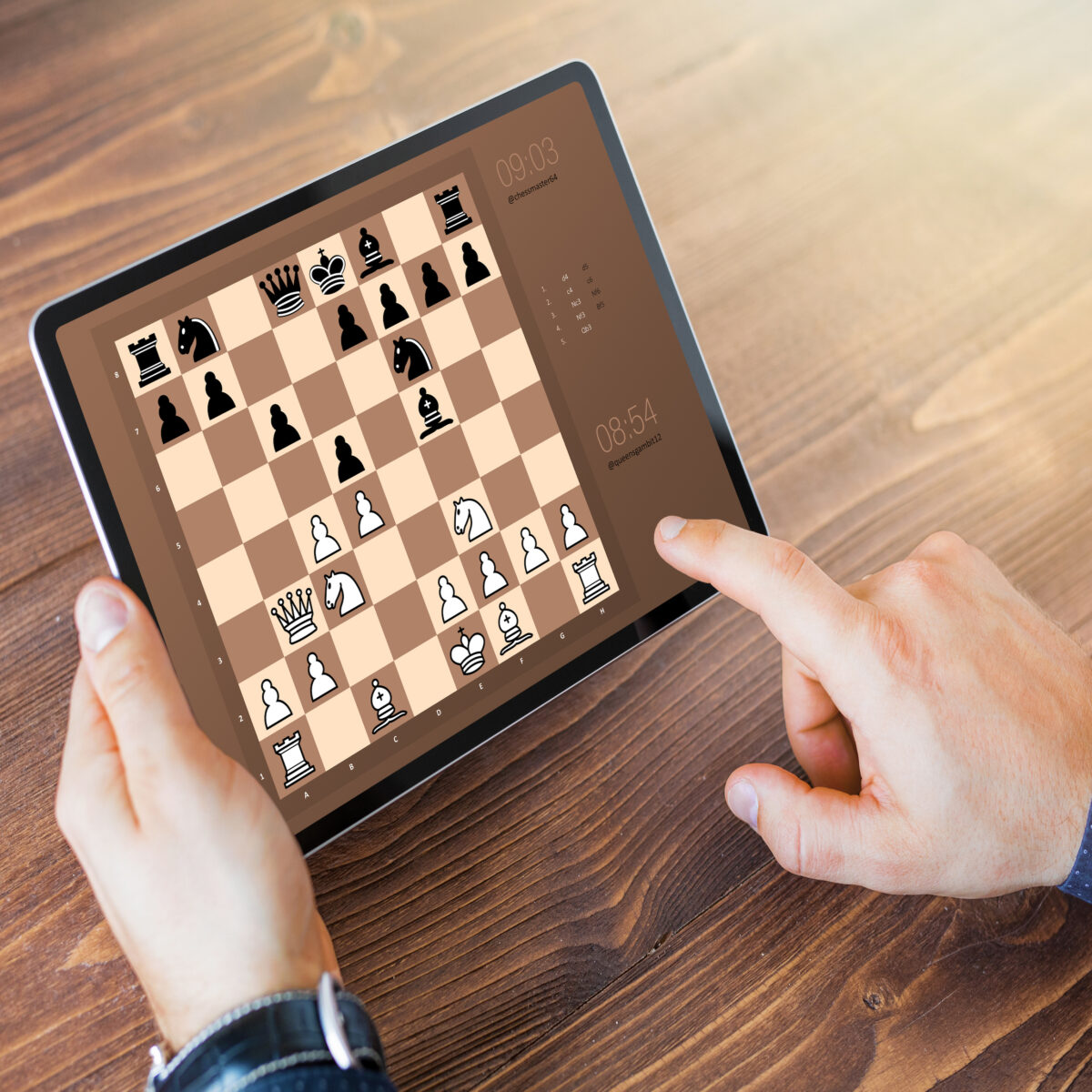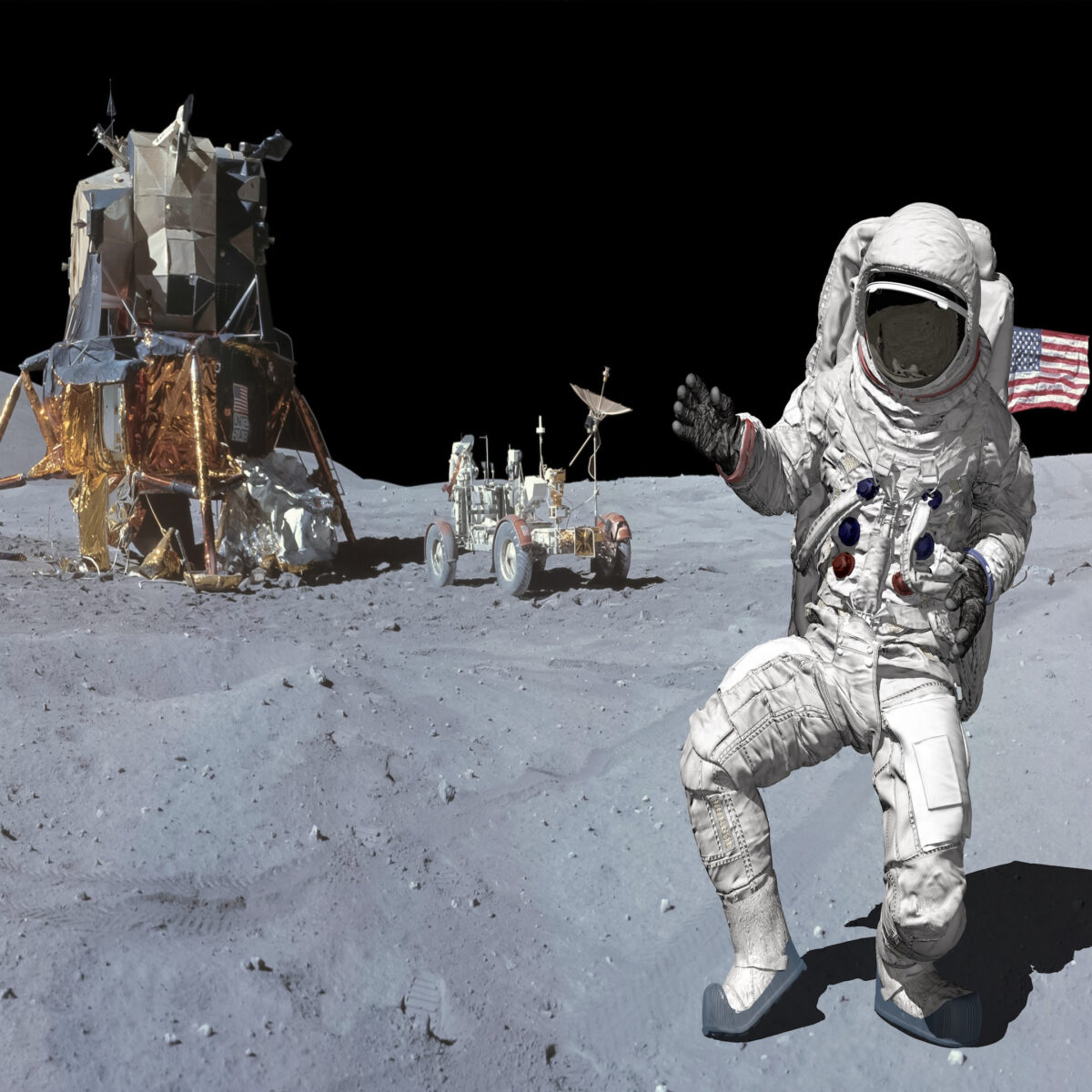Who Invented the Johnson Decade Counter (and Why)?
I love digital logic. I love solving digital logic conundrums. And I especially love discovering interesting and unusual ways of doing things while also learning more about the people who came up with these ideas in the first place. Take Gray codes, for example. These were named after Frank Gray, who was a physicist and researcher at Bell Labs.
The Gray code, or reflected binary code (RBC), which first appeared in a 1953 patent, is a binary numeral system that is often used in electronics, but that also has many applications in mathematics. Consider … Read More → "Who Invented the Johnson Decade Counter (and Why)?"












